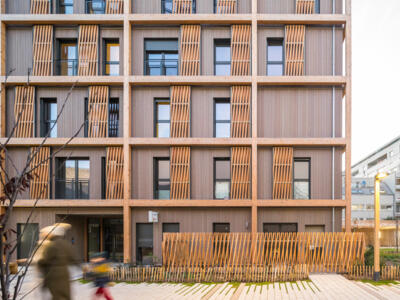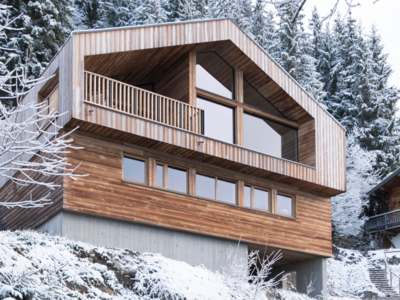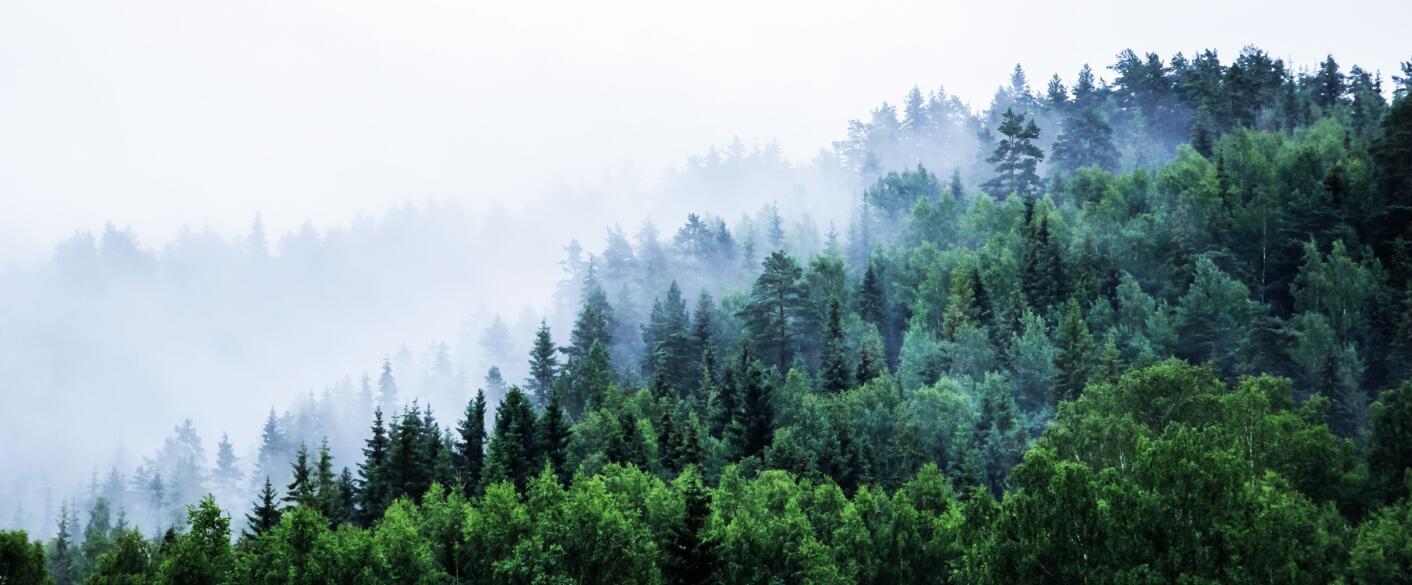Are you planning to fit out a façade with wood cladding? Choosing wood cladding is both simple and technical. There are many different types of wood, from a wide range of geographical origins. Not all wood species have the same characteristics. And it's often hard to find your way around this diversity. That's why it's important to know what parameters to take into account when choosing wood cladding to suit your needs: durability, aesthetics, uniqueness and price. In this guide, you'll find all the answers from our expert Yvon Debeaumont, along with the characteristics and specific features of our wood species for wood cladding. Follow the guide!
Key points to remember:
- The choice of wood species for cladding or panelling depends on four major criteria: durability, stability, aesthetics, and budget.
- Some species are naturally resistant (red cedar, larch, Douglas fir), while others require treatment or heat modification (northern pine, spruce).
- The woods offered by Sivalbp (Red Cedar, Douglas Fir, Larch, Spruce, Northern Pine thermo) cover all needs, from high-end cladding to more economical solutions.
- Maintenance varies depending on the species: wood left natural will gray over time, while a finish or treatment can preserve its original appearance.









